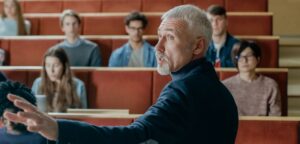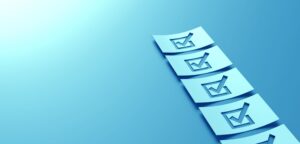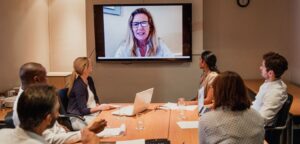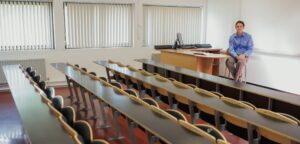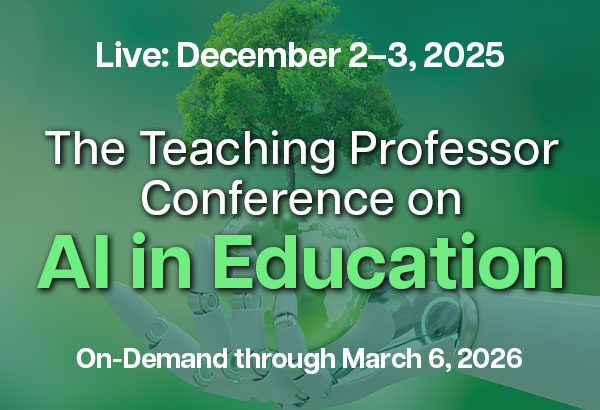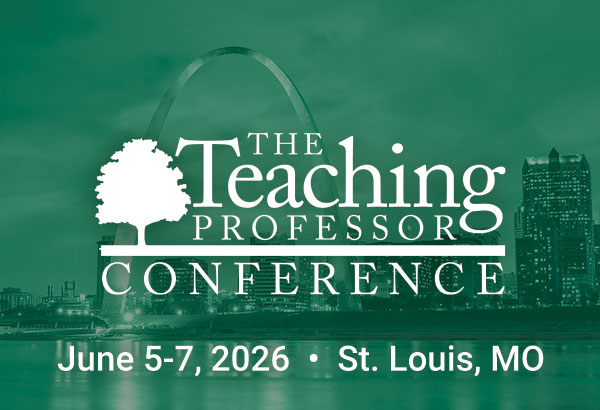
Imitation as a First Step to Teaching Excellence
Imitation may be the sincerest form of flattery, but what if it’s also the best first step to faculty teaching excellence? When it comes to pedagogy, we often focus on tips and techniques. Perhaps we have a handful of prescribed practices that we recommend or



